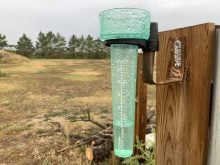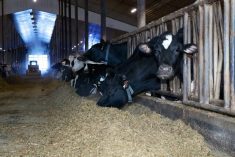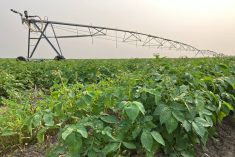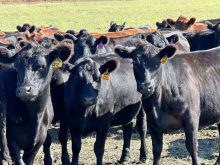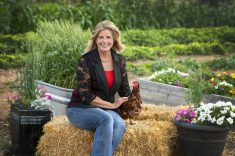Many cow owners are looking for ways to weather the financial storm facing the cow business, and one option is setting up cow lease arrangements.
“During periods of positive margins, cow leasing is an ideal way for retiring cow-calf operators to transfer the herd to the next generation and, at the same time, minimize the tax liability that often occurs with herd dispersals,” says Ted Nibourg, business management specialist with Alberta Agriculture and Rural Development. “The younger operators are able to take over an established herd and at the same time develop skills to manage that herd. Additionally, they are able to take over the herd without incurring major debt. With current cow economics, all those advantages have virtually been eliminated.”
Read Also
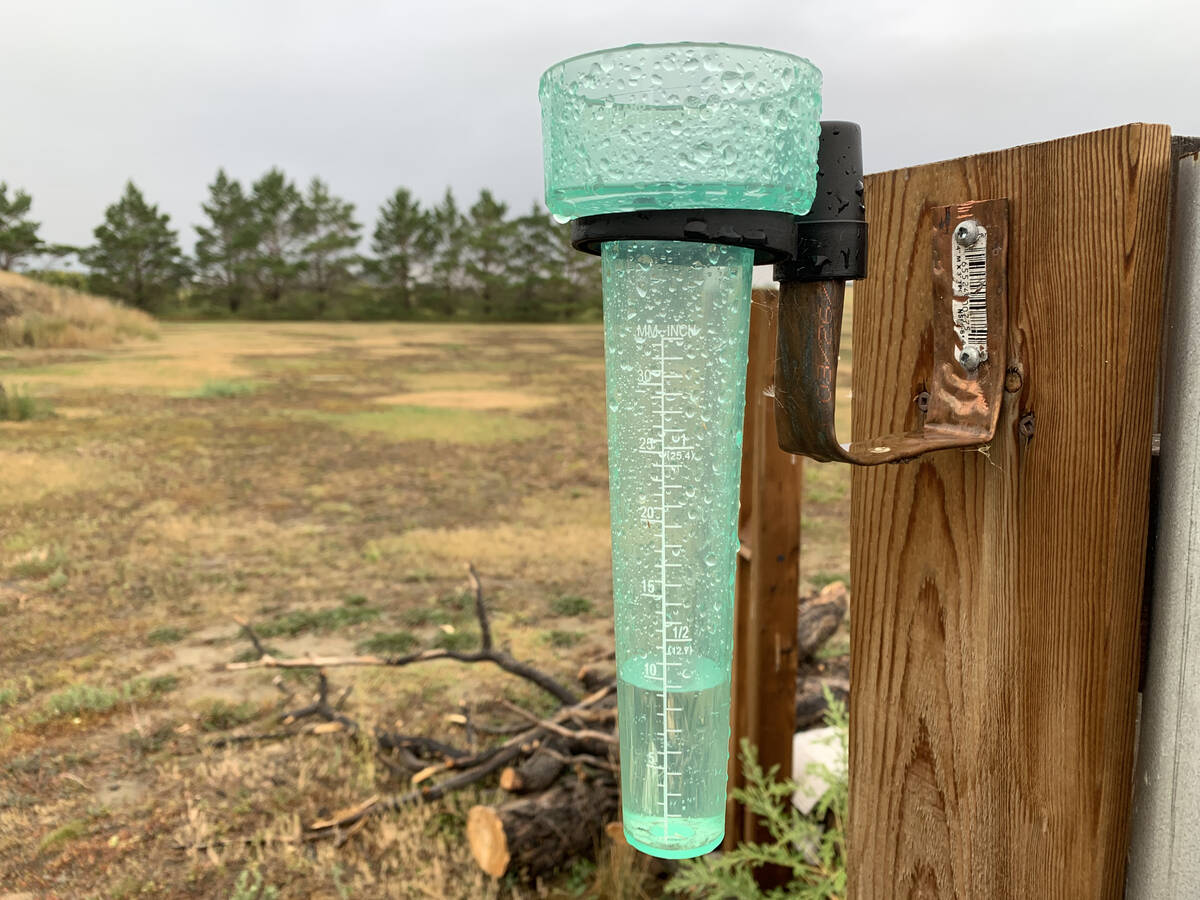
Western B.C., parts of Prairies received drought relief in October
Drought monitor for Western Canada for October
Currently, the idea of cow leasing is being seen by cow owners wishing to retain their herds while minimizing operational losses as a possible option.
“The most common question about leasing cows revolves around the share of the calf crop,” says Nibourg. “The first issue that has to be addressed in order to answer this question is who will be responsible for cow replacement. If the cow owner wishes to retain the herd, he will be responsible for replacing cull cows. Should the operator (lessee) wish to eventually take over the herd, he would replace the cows.
The next factor to consider is the replacement value of productive cows as well as a value for cull cows. Operational costs, production estimates and anticipated calf prices also have to be determined in order to come up with an equitable calf share.”
In arrangements where the cow owner replaces cows and both parties agree to share the calf crop in direct proportion to their expenses, the calf share would be allocated 20 per cent to the cow owner and 80 per cent to the operator. This scenario involves cows valued at $850 per head with a cull price of $.35/lb for cows weighing 1,300 lbs. Calf prices are anticipated to average $1.05/lb for 650-lb. calves. For the operator this would be a few dollars shy of covering his direct expenses, but would not cover his fixed or opportunity costs. Where the operator is replacing cows his share of the calf crop would be 95 per cent. These calculations assume a 20 per cent culling percentage or a five-year herd turnover.
FLEXIBLE PERCENTAGE AND CASH RENT
In a flexible percentage share arrangement, the operator’s direct costs are covered first and then fixed and opportunity costs are proportionately shared. With this arrangement, the calf share becomes 16.5 per cent for the owner and 83.5 per cent for the operator, assuming cow replacement is the owner’s responsibility. If the operator is replacing the herd, the calf share would be one per cent and 99 per cent respectively.
“A third option for leasing cows involves straight cash rent,” says Nibourg. “Regardless of who is replacing the cow herd, the cow owner would need an annual rent of approximately $138 per head to cover his fixed and opportunity costs. If the cow owner is retaining the herd and replacing the cows on an ongoing basis, the annual rent would continue until both parties decide to terminate the arrangement. Where the lessee is replacing cows, the annual rent would continue for the duration of the herd turnover.”
Developing a cow lease agreement can be involved and complicated. Alberta Agriculture and Rural Development’s publication Negotiating Cow Lease Arrangements can assist in developing a cow lease. The publication contains a description of different lease arrangements, an example case study, a sample cow leasing agreement and blank cow lease worksheets.
Negotiating Cow Lease Arrangements is available for purchase by contacting the Publications Office at 1-800-292-5697. This publication which costs $5 plus GST can also be ordered online at www.agriculture.alberta.ca/publications


